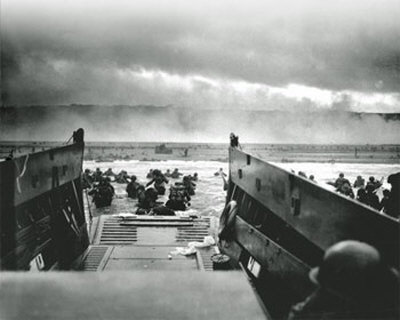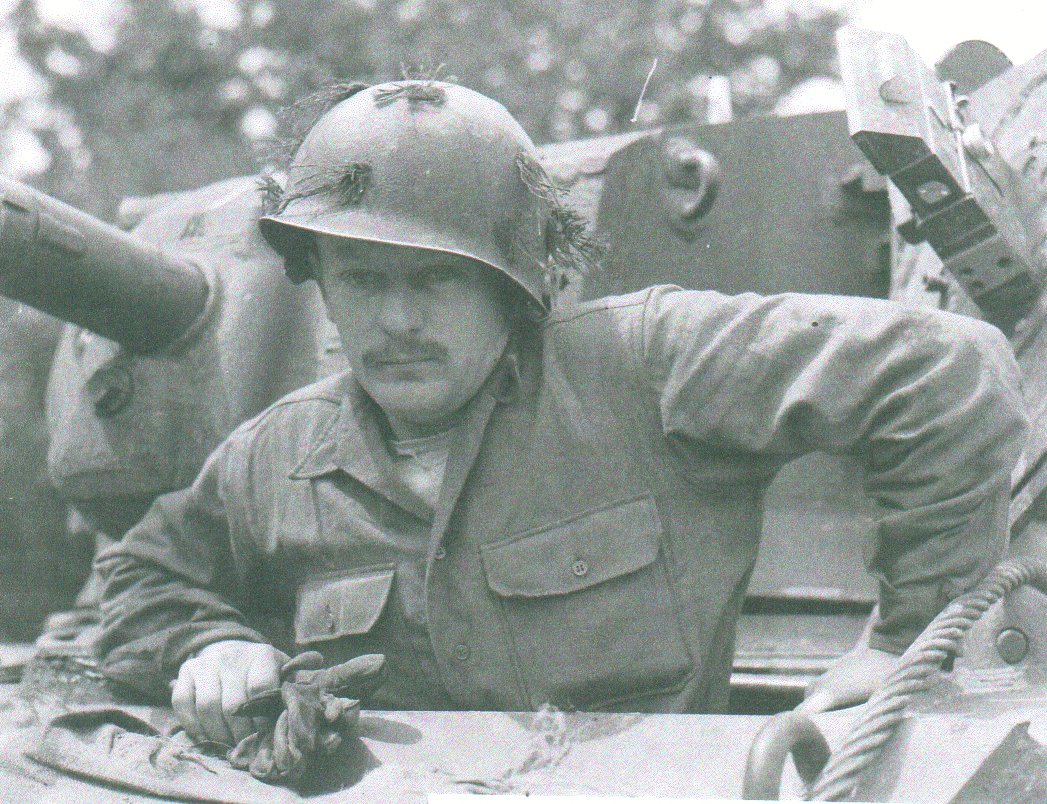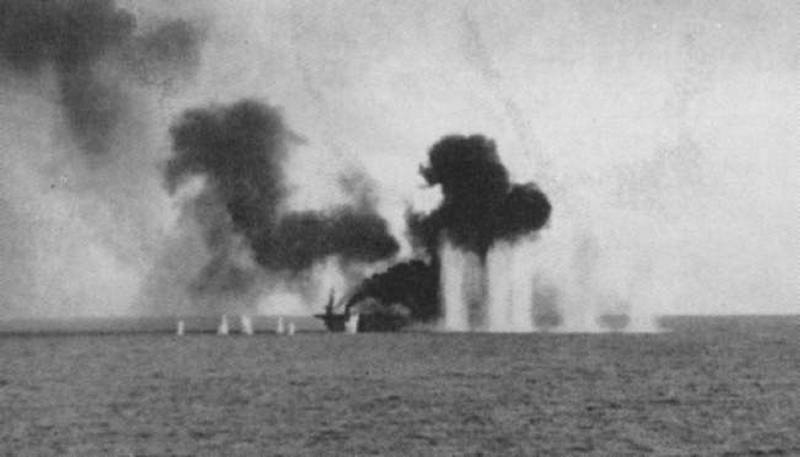1944
June 6
D-Day. After the conference in Theran, Roosevelt and Churchill headed to Egypt to continue planning the invasion of France, Operation Overlord. Genreal Eisenhower was chosen to be in command of the operation. Hitler knew that the Allies would try to invade France, fortified the coast. But the Allies had one advantage, the element of surprise. The Germans believed they would land in the area closest to England, Pas-de-Calais so the Allies faked a invasion here, with inflated rubber thanks, empty tents and dummy landing crafts. But the real attack came on June 6, and was on the beaches of Normandy. 7 000 ships with more than 100 000 soldiers sat the course for Normandy. Another 23 000 paratroopers were dropped inland. The invasion was a huge success and in less than three hours American troops had captured the beach and moved inland. Except on one beach, Omaha, here General Omar Bradley met intense German fire but slowly, with the help from reinforcements, they succeeded. The invasion was a success.

July 25
D-Day had been a success, but it was only the beginning. Many fields in Normandy were surrendered by hedgerows, several feet thick dirt walls. This allowed the Germans to fiercely defend their positions. The battle of the hedgerows ended July 25 when American bombers blew a hole in the German lines, enabling American tanks to race through the gap.

August 25
The French Resistance, French civilians who had secretly organized to resist the German occupation of their country, staged a rebellion in Paris. When the Allied forces liberated Paris on August 25, they found the streets filled with French citizens celebrating their victory.
October 23
The U.S. was determined to take back the Philippines form Japan. And in October they sent more than 700 ships carrying more than 160 000 soldiers for the Leyte Gulf in the Phillipines. Led by General MacArthur the invasion began. To stop the American invasion, the Japanese sent four aircraft carriers toward the Philippines. The Battle of Leyte Gulf was the largest naval battle in history. It was also the first time the Japanes used Kamikaze attacks, deliberately crashing their planes into American ships, killing the pilot but also inflecting severe damage. The Americans won the Battle of Leyte Gulf but the campaign to recapture the Philippines was long and grueling. Over 80 000 Japanese were killed, and the captial Manila was not captured by MacArthur before March 1945. The battle left the city in ruin and more than 100 000 Filipino civilians were dead.
